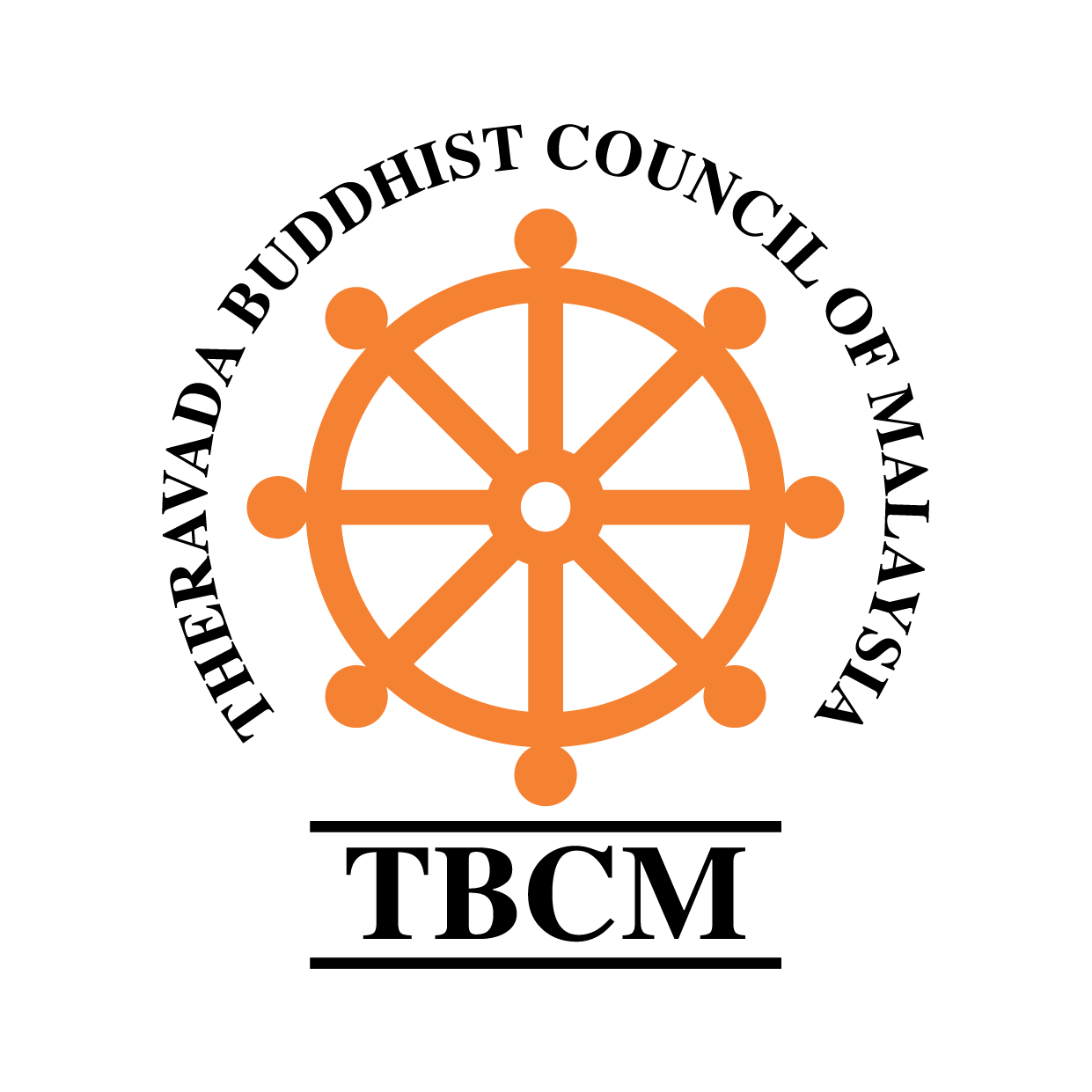ASALHA FULL-MOON DHAMMA DAY
ASALHA FULL-MOON DHAMMA DAY, 22 JULY
Asalha Full-moon Day marks the anniversaries of the Bodhisatta’s Conception, His Great Renunciation, and the Buddha’s preaching of the first sermon – the "Dhammacakkappavattana Sutta".
In the Sutta, the Buddha adviced the five ascetics ..."Monks, these two extremes ought not to be practiced by one who has gone forth from the household life. (What are the two?) There is addiction to indulgence of sense-pleasures, which is low, coarse, the way of ordinary people, unworthy, and unprofitable; and there is addiction to self-mortification, which is painful, unworthy, and unprofitable.
(The Dhammacakkappavattana Sutta printable in English and Pāli)
..."The Noble Truth of Suffering (dukkha), monks, is this: Birth is suffering, aging is suffering, sickness is suffering, death is suffering, association with the unpleasant is suffering, dissociation from the pleasant is suffering, not to receive what one desires is suffering — in brief the five aggregates subject to grasping are suffering.
"The Noble Truth of the Origin (cause) of Suffering is this: It is this craving (thirst) which produces re-becoming (rebirth) accompanied by passionate greed, and finding fresh delight now here, and now there, namely craving for sense pleasure, craving for existence and craving for non-existence (self-annihilation).
"The Noble Truth of the Cessation of Suffering is this: It is the complete cessation of that very craving, giving it up, relinquishing it, liberating oneself from it, and detaching oneself from it.
"The Noble Truth of the Path Leading to the Cessation of Suffering is this: It is the Noble Eightfold Path, and nothing else, namely: right understanding, right thought, right speech, right action, right livelihood, right effort, right mindfulness and right concentration.
... 'This suffering, as a noble truth has been fully realized' ... 'This Origin of suffering as a noble truth has been eradicated' ... 'This Cessation of suffering, as a noble truth has been realized' ... 'This Path leading to the cessation of suffering, as a noble truth has been developed'.
... 'Unshakable is the deliverance of my heart. This is the last birth. Now there is no more re-becoming (rebirth).'
... Then the Blessed One uttered this paean of joy: "Verily Kondañña has realized; verily Kondañña has realized (the Four Noble Truths)." Thus it was that the Venerable Kondañña received the name, "Añña Knondañña' — Kondañña who realizes."
Do join your local Buddhist Centre in this evening's Pūja and recitation of 'Dhammacakkappavattana Sutta' to honour, revere, and learn the Dhamma - Vinaya.
Picture : Asoka's Lion CapitalThe Lion capital of Ashoka is a sculpture of four Indian lions standing back to back. It was originally placed atop the Aśoka pillar at Sarnath, now in the state of Uttar Pradesh, India by Emperor Ashoka, c. 250 BCE. The pillar, sometimes called the Aśoka Column, is still in its original location, but the Lion Capital is now in the Sarnath Museum. The Lion Capital of Ashoka from Sarnath was adopted as the Emblem of India in 1950.[3] The wheel "Ashoka Chakra The capital contains four lions (Indian/Asiatic Lions) standing back to back mounted on an abacus with a frieze carrying sculptures in high relief of an elephant, a galloping horse, a bull and a lion, separated by intervening spoked chariot-wheels over a bell-shaped lotus. Carved out of a single block of polished sandstone, the capital was believed to be crowned by a 'Wheel of Dharma' (Dharmachakra popularly known in India as the "Ashoka Chakra"), which has now been lost.
- Posted by CFFong


